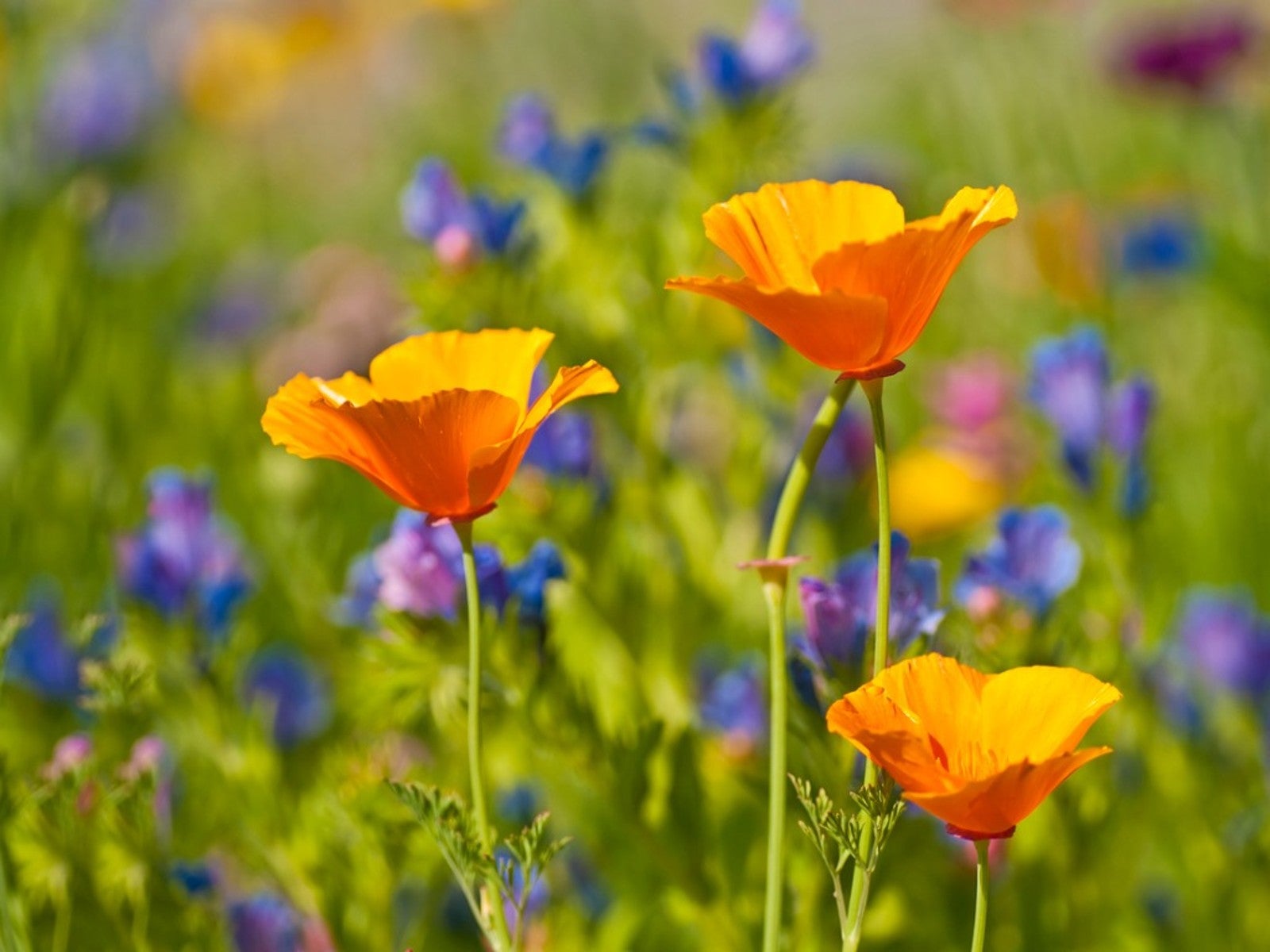Native Plants California And Nevada Gardeners Should Grow


By this time, most gardeners are aware of the many benefits of “going native.” Selecting flowers, grasses, shrubs, and trees for your landscape that are native to the area means tougher plants that are accustomed to the local climate
Given the tens of thousands of plants native to the west coast’s many ecosystems, it can be difficult to select a few native California plants to install. Read on for tips and advice on selecting California and Nevada native plants.
Considerations When Selecting Plants
There are so many reasons to add native plants to your garden. Anyone trying to attract more birds, pollinators, and other wildlife will find native plants are more appealing to native wildlife than anything else you might offer. And native plants have adapted to the local climate in ways fancy exotics haven’t, enabling them to thrive with less water, fertilizer, and maintenance in general.
Western states have unique climates that make using native plants even more appealing. In California, with its Mediterranean climate, this is particularly important, since native plants thrive on the cooler, wetter winters and hotter, drier summers. Likewise, Nevada’s climate (hot and dry in summer with harsh winters) and limited water supply makes native plants especially appealing.
Before rushing out to a native plant nursery, take the time to consider your yard. Evaluate the soil drainage, the sun exposure, and the other growing conditions to which any plants you purchase will exposed. This, together with your USDA plant hardiness zone, will assist you in selecting plants that will thrive in your landscape.
California Native Plants
You will find many attractive California native flowers to install in your garden, like the state flower, the California poppy (Eschscholzia californica) that bright orange blossom that grows anywhere in sunshine and reseeds itself shamelessly. But you will do better to start with selecting any needed trees. California native trees, appropriate to a home landscape, range from tall to small. Many will work for Nevada landscapes as well.
Consider the California buckeye (Aesculus californica) that grows to some 20 feet (6.5m) tall and almost twice as wide. It has developed the adaptation of dropping its leaves in the heat of summer rather than autumn in order to tolerate the hot dry season. It offers flowers in spring and interesting seed pods in fall.
Sign up for the Gardening Know How newsletter today and receive a free copy of our e-book "How to Grow Delicious Tomatoes".
On the other end of the spectrum, anyone seeking a native ground cover might look at Emerald Carpet manzanita, (Arctostaphylos uva-ursi 'Emerald Carpet'). It grows to 1 foot (.33m.) tall, with its classic red stems and tiny fragrant flowers in winter.
Natives for Nevada and California Gardens
Both Nevada and California landscapes offer little rain in the summer months. That makes California native grasses an excellent choice.
One of the prettiest is California blue-eyed grass (Sisyrinchium bellum), growing only knee-high. Naturally drought resistant, it is particularly lovely in spring when the tiny purple blossoms appear in the middle of the grassy tufts of foliage. This native has adapted to the hot western summers by wilting back when the temperature climbs, to reappear in autumn.
For taller grass, consider native deer grass (Muhlenbergia rigens) that grows to 4 feet (1.33m.) tall. This grass is evergreen, the fine, blue-tinted green leaves growing in large, drought resistant clumps.

Teo Spengler is a master gardener and a docent at the San Francisco Botanical Garden, where she hosts public tours. She has studied horticulture and written about nature, trees, plants, and gardening for more than two decades, following a career as an attorney and legal writer. Her extended family includes some 30 houseplants and hundreds of outdoor plants, including 250 trees, which are her main passion. Spengler currently splits her life between San Francisco and the French Basque Country, though she was raised in Alaska, giving her experience of gardening in a range of climates.